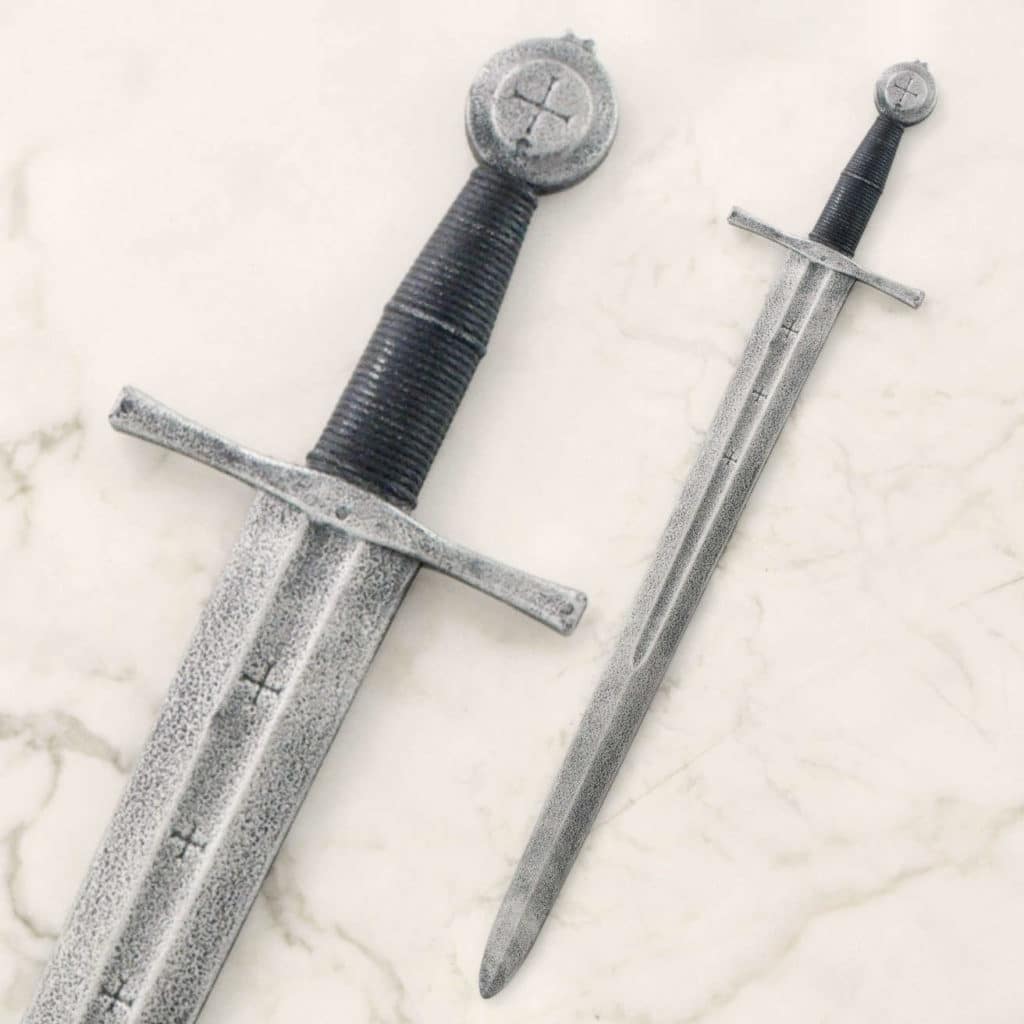Wars had played changing parts in Japan’s long queue of history. For millennia, war tribes controlled the country. Every faction is included a few related families and each is lead at the families’ by a central predecessors. Wars were quite often unified on the battle for land-just 20 % of Japan’s property is appropriate for cultivating, hence this condition brought about the knights of the Japan who are named as Samurais. Obligation is most importantly at the core of every Samurai champion alongside the Bushido or the Method of the Hero. To turn into a Samurai is to conquer the feeling of dread toward death. By this, they might serve their lords and their faction faithfully and on the off chance that serving would intend to relinquish their own lives that will be finished. To guarantee that their properties are secured and the fights they battle are triumphs, antiquated Japanese created protections, codes and weapons. The weapons changed alongside the fights. By the ninth twelfth A.D. the Samurais had turned into a different class. Inside these periods, Samurais were partitioned into two: the knight-retainers or the Samurais and the heroes or the Bushi.

A portion of these were recruited men and some are individuals from the decision class Enma. They give their lives over to their Daimyos or landowners who are much of the time the decision individual from the family and consequently they were given fiefs or terrains and position. Every Samurai is utilized to serve and safeguard the properties of the Daimyo and in fights for land development and power. Samurais made the vast majority of what are available in their surroundings. At the point when ponies were first presented, they became aces in ponies. Horseback riding were then integrated into fights. They rehearsed both unarmed and furnished battle. Bows and bolts were basically utilized in battle; swords were only utilized for executing the adversaries. Nonetheless, in the thirteenth century when they genuinely drew in fights with the Mongols, they began to utilize their Samurai swords more and in the long run produced a greater amount of these and the naginata and lances. They effectively changed to battling by walking from battling riding a horse.
The earliest swords were straight and were normally formed after Chinese or Korean plans. Be that as it may, throughout the fight, the Samurai swords were reproduced to give a lot harder plan with more keen bended edge. This is the kind of Samurai swords that went down to history. Samurai swords were molded to approach flawlessness. The essential components joined to make Samurai swords are carbon and iron. To shape them, the sword smith utilizes blacksmith’s iron water, fire and mallets. When the sword is fashioned, the sword polisher will set up the edge for the furniture that will wall it in. Whenever this is finished, the sword analyzer will put the new edge to test by slicing through denounced hoodlums and dead bodies. He will initially slice through the more modest bones moving to the harder bones. The aftereffects of which are deciphered on the nakago or the metal piece that associates the handle to the Samurai sword. This period is noted for the Shogun or the most impressive decision Samurais time permitting.